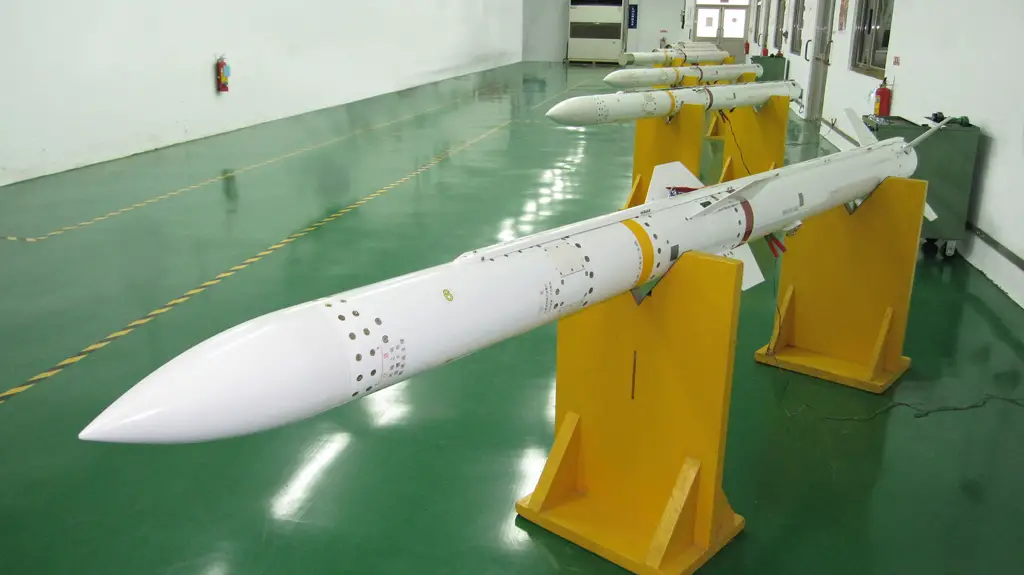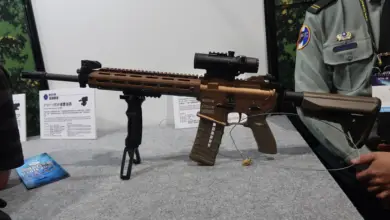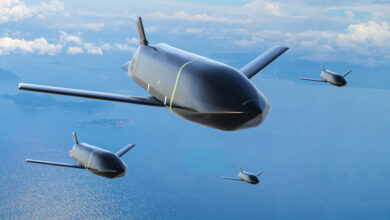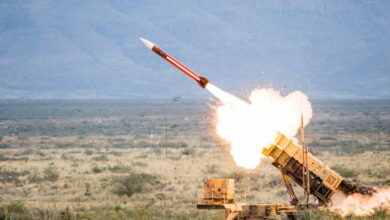Taiwan Completes Sky Sword III Missile Development
Taiwan’s National Chung-Shan Institute of Science and Technology (NCSIST) has completed the development of the latest variant of its Sky Sword air-to-air missile.
Known as the Sky Sword III, the new weapon boasts a maximum operational range of 150 kilometers (93 miles).
It also reportedly surpasses the speed of its predecessor, the Sky Sword II, which travels at Mach 6.
According to a high-ranking government official, the Sky Sword III was developed in response to increasing military threats from China.
It is expected to provide the Taiwanese military with a more potent and robust air defense.
The official did not elaborate on production timelines, but he said the missile would become the country’s primary air superiority weapon.
It will operate alongside the US-made Avenger missile to give Taipei a “layered threat interception” capability.
Sky Sword Family of Missiles
Taiwan’s Sky Sword family of indigenous missiles dates back to the mid-1980s when the first variant, the Sky Sword I, was developed.
The first version featured an imaging infrared seeker, a high-explosive warhead, and a solid propellant motor.
It included a fire-and-forget capability, allowing the missile to guide itself to the target once fired, eliminating the need for further intervention.
A couple of years later, the self-ruled island designed a beyond-visual-range variant known as the Sky Sword II, capable of simultaneously engaging multiple targets.
Last month, the NCSIST announced the beginning of mass production of the Sky Sword II to aid the country’s land-based, short-to-medium-range air defense capability.
Preparing for Conflict
The Sky Sword III development is part of a larger effort to strengthen the Taiwanese military and prepare for potential armed conflict with China.
Beijing views Taiwan as part of its territory and said it is “ready to smash” the island nation.
Due to the increasing tensions, the Taiwanese government has ramped up its defense investments, including procuring more High Mobility Artillery Rocket System (HIMARS) launchers from the US to bolster its precision strike capabilities.











